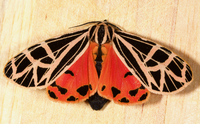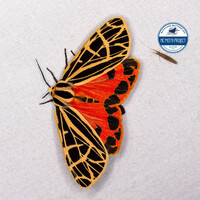
| Recorded by: Lior S. Carlson, Dean Furbish on 2025-09-24
Wake Co.
Comment: | 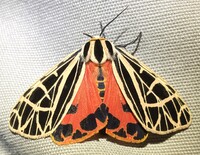
| Recorded by: Lior S. Carlson, Dean Furbish on 2025-09-24
Wake Co.
Comment: |
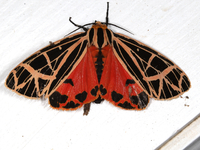
| Recorded by: Jim Petranka on 2024-09-24
Madison Co.
Comment: | 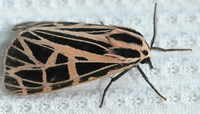
| Recorded by: Chuck Smith on 2024-09-22
Davidson Co.
Comment: |
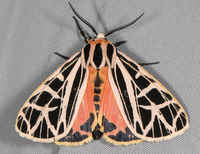
| Recorded by: John Petranka on 2024-09-22
Orange Co.
Comment: | 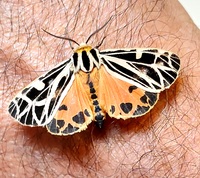
| Recorded by: Mark Basinger on 2024-09-21
Buncombe Co.
Comment: |
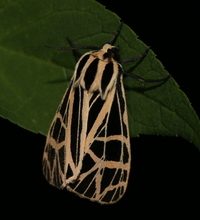
| Recorded by: David George, Jeff Niznik on 2024-09-21
Chatham Co.
Comment: | 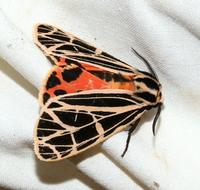
| Recorded by: David George, Jeff Niznik on 2024-09-21
Chatham Co.
Comment: |
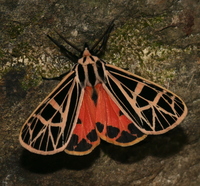
| Recorded by: David George, Jeff Niznik on 2024-09-21
Chatham Co.
Comment: | 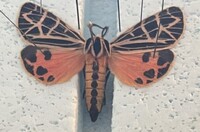
| Recorded by: Darryl Willis on 2024-09-20
Cabarrus Co.
Comment: |
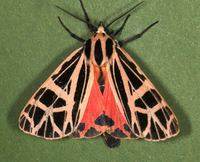
| Recorded by: Jim Petranka, Mark Basinger and Becky Elkin on 2024-09-20
Madison Co.
Comment: | 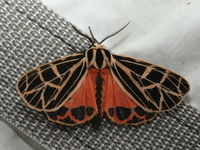
| Recorded by: David George, Rich Teper on 2023-09-25
Caswell Co.
Comment: |
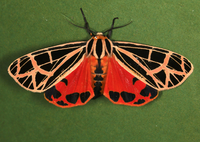
| Recorded by: Jim Petranka on 2023-09-23
Madison Co.
Comment: | 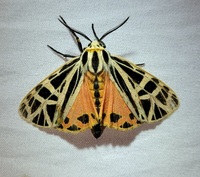
| Recorded by: Andrew W. Jones on 2023-09-20
Polk Co.
Comment: |
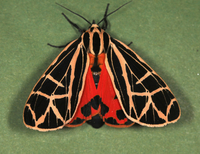
| Recorded by: Jim Petranka on 2023-09-11
Madison Co.
Comment: | 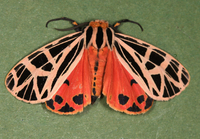
| Recorded by: Jim Petranka on 2023-09-10
Madison Co.
Comment: |
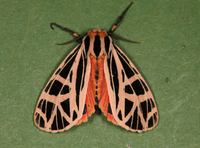
| Recorded by: Jim Petranka on 2023-09-10
Madison Co.
Comment: | 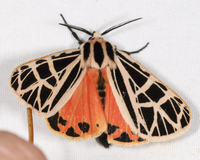
| Recorded by: John Petranka on 2022-10-05
Orange Co.
Comment: |
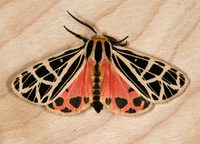
| Recorded by: Jim Petranka, Becky Elkin, Steve Hall, and Bo Sullivan. on 2022-09-27
Moore Co.
Comment: | 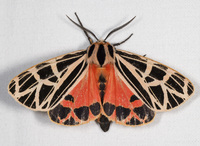
| Recorded by: John Petranka on 2022-09-26
Orange Co.
Comment: |
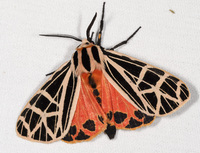
| Recorded by: John Petranka on 2022-09-21
Orange Co.
Comment: | 
| Recorded by: Chuck Smith on 2022-09-21
Davidson Co.
Comment: |
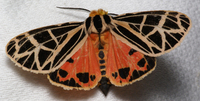
| Recorded by: Chuck Smith on 2022-09-21
Davidson Co.
Comment: | 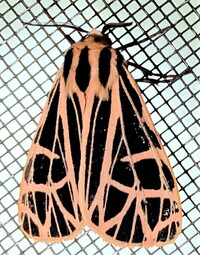
| Recorded by: Dean Furbish on 2021-09-28
Wake Co.
Comment: |
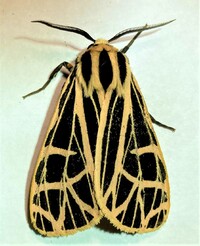
| Recorded by: Dean Furbish on 2021-09-26
Wake Co.
Comment: | 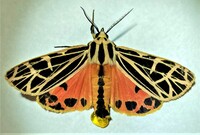
| Recorded by: Dean Furbish on 2021-09-26
Wake Co.
Comment: |
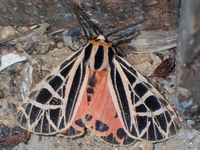
| Recorded by: tom ward on 2021-09-15
Buncombe Co.
Comment: | 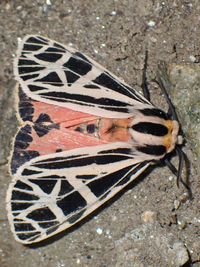
| Recorded by: tom ward on 2021-09-15
Buncombe Co.
Comment: |
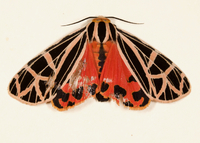
| Recorded by: Jim Petranka on 2021-09-14
Madison Co.
Comment: | 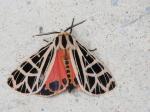
| Recorded by: R. Glenney, NEW on 2020-10-04
Moore Co.
Comment: |
|

 »
»